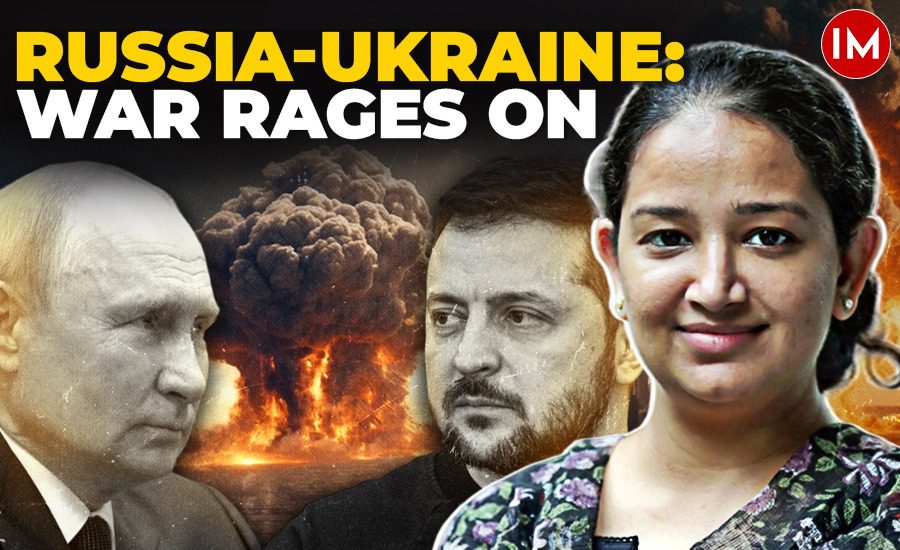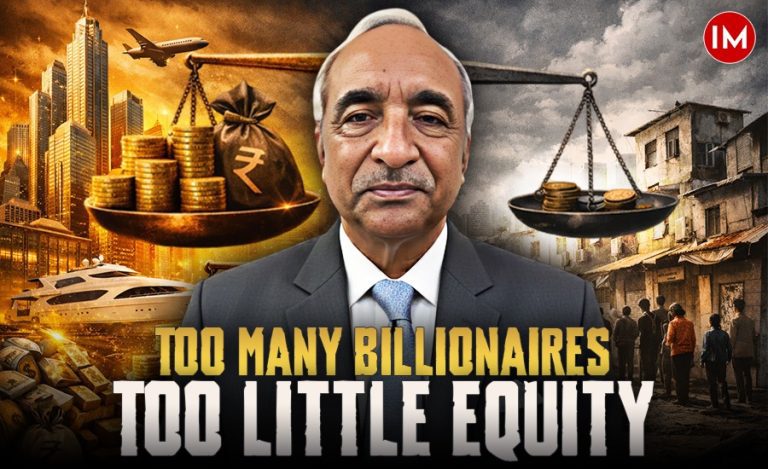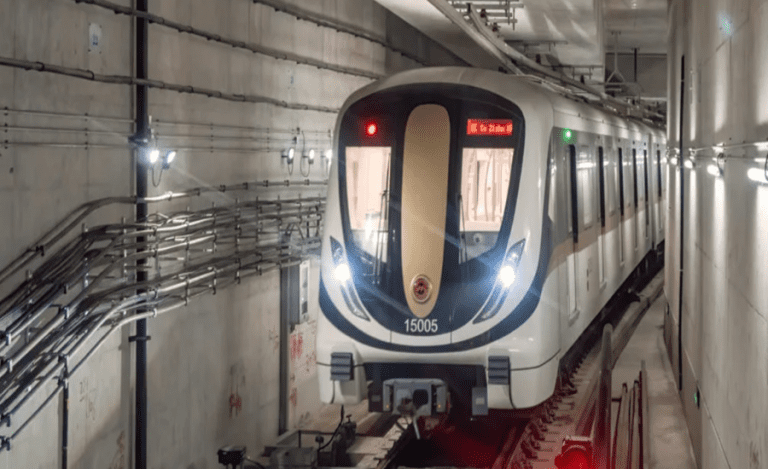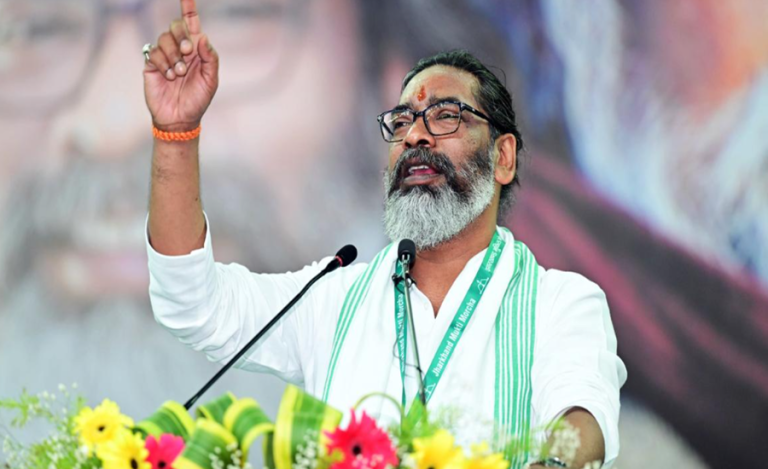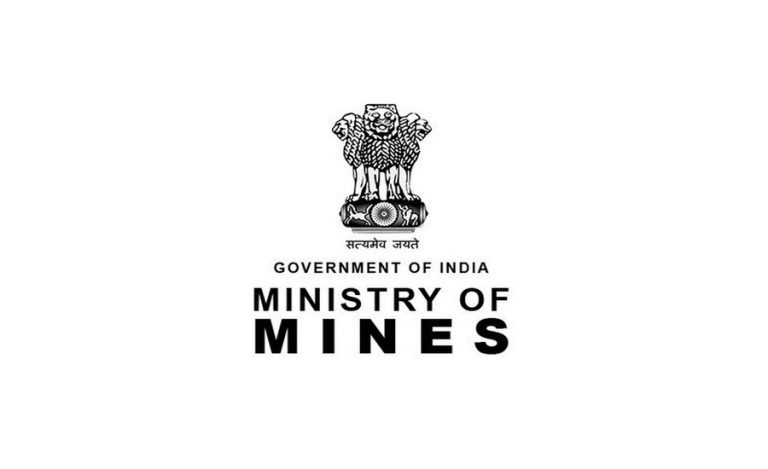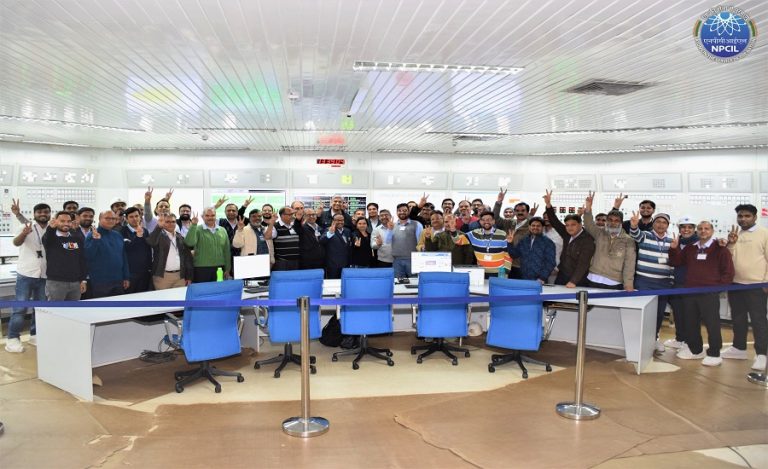Russia has gone full throttle rogue. In the onset of winter, Russia has once again attacked Ukraine’s energy infrastructure. On Monday, 26th August, Russia launched a “massive” missile and drone attack aiming Ukraine’s energy infrastructure, becoming the biggest air attack since the war began. Russia has repeatedly attacked Ukraine’s energy infrastructure, attempting to plunge its citizens into darkness and use freezing winter temperatures as a weapon of war.
The strikes occurred at a volatile time in the conflict, coming against the backdrop of Ukraine’s cross-border incursion into southern Russia, the first invasion on Russian soil since World War II. On Monday, as Russia launched an attack, Ukraine’s forces continued to try to advance in the region. Ukrainian President Zelensky has therefore implored allies to lift restrictions on using Western weapons for long-range strikes inside Russian territory.
Meanwhile in Pokrovsk, a mining city in eastern Ukraine, the residents are packing up fast to leave. The Russians are just 11km away. To counter, Ukraine had hoped that a surprise Kursk offensive would relieve the pressure, but if anything, Russia has advanced rapidly. The capture of Pokrovsk is seen as a strategic objective for Russia, potentially paving the way for advances towards the major cities of Dnipro and Zaporizhia.
Ukrainian commanders have cited various reasons for the Russian advance. Some point to a shortage of ammunition, with Russian forces reportedly firing ten times as many shells as Ukraine. Others highlight new Russian tactics, including small infantry assaults, glide bombs, and advanced electronic warfare. However, exhaustion and manpower shortages seem to be the primary factors behind Ukraine’s setbacks. Soldiers on the front lines report being overworked and outgunned, struggling to hold their ground against Russia’s relentless aerial bombardments. Finding a way to counter this threat remains a top priority for Kyiv, which is also attempting to shift the momentum of the war by continuing its incursions into the Kursk region of Russia.
It has been two years and the war drags on. Putin remains stubborn and relentless. Zelenksy determined to fight on. The West adamant to bring the downfall of Vladmir Putin, continuing to provide massive military and artillery support, which has so far prevented Ukraine from collapsing or surrendering. Kremlin appears to be intent on maintaining its own offensive operations in eastern Ukraine, pounding away at towns like Toretsk as relentlessly as ever. As do Russia.
Meanwhile, negative feelings, dissatisfaction have appeared to increase across Russia for President Vladimir V. Putin since Ukrainian troops pushed into Russian territory two weeks ago. This may partly explain the recent surge in Russian aggression. Control of Pokrovsk, and a short advance to the administrative borders of the Donetsk region, might be enough for Vladimir Putin to claim a domestic political victory, bolstering his standing at home.
Both Russia and Ukraine have made inroads into strategic towns that can serve as bargaining chips in potential peace negotiations. However, it remains uncertain whether Ukraine will be able to retain the territory it now holds in Russia as leverage. More importantly is end of war possible till the tyrant Putin stands tall?

